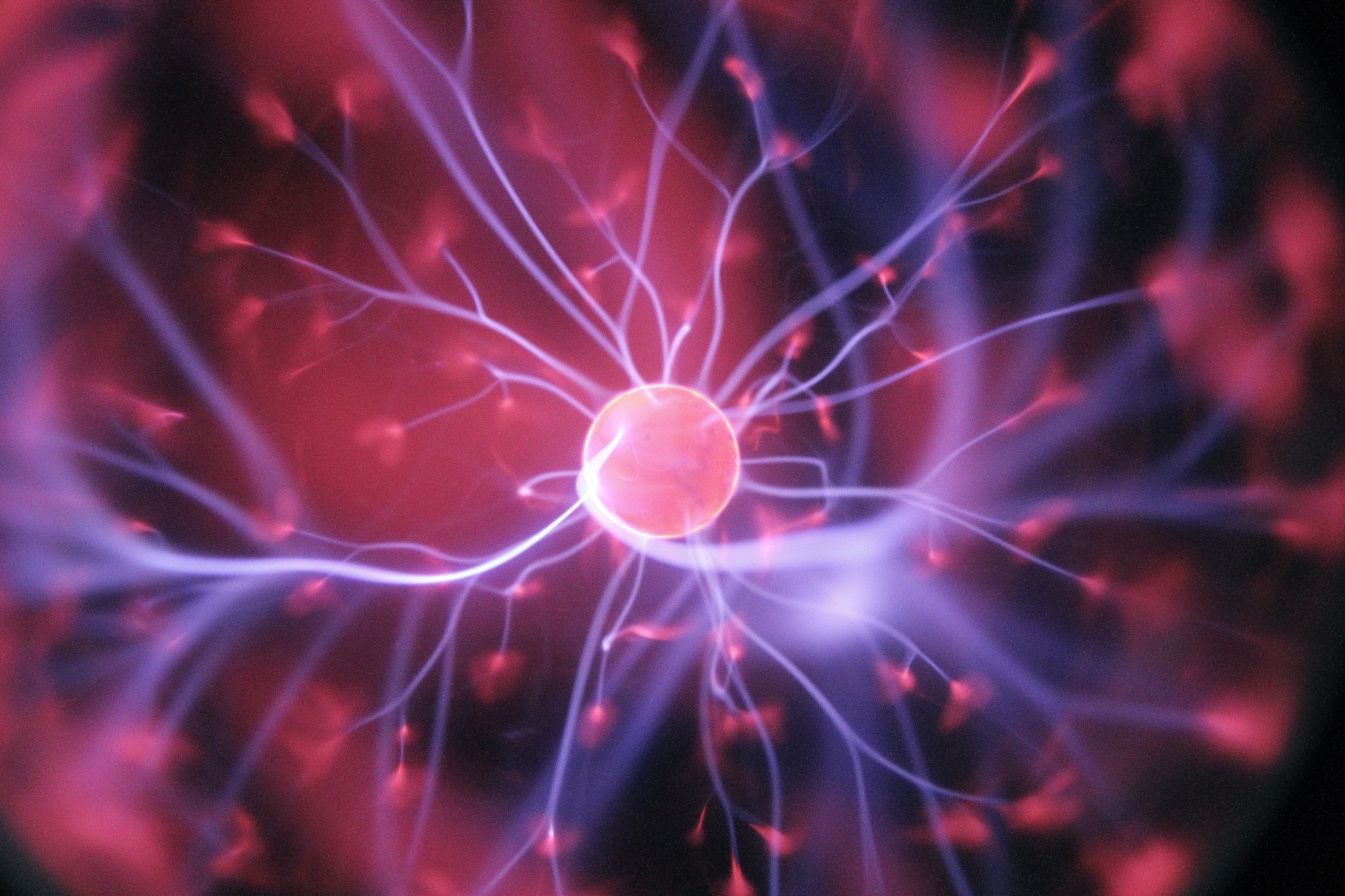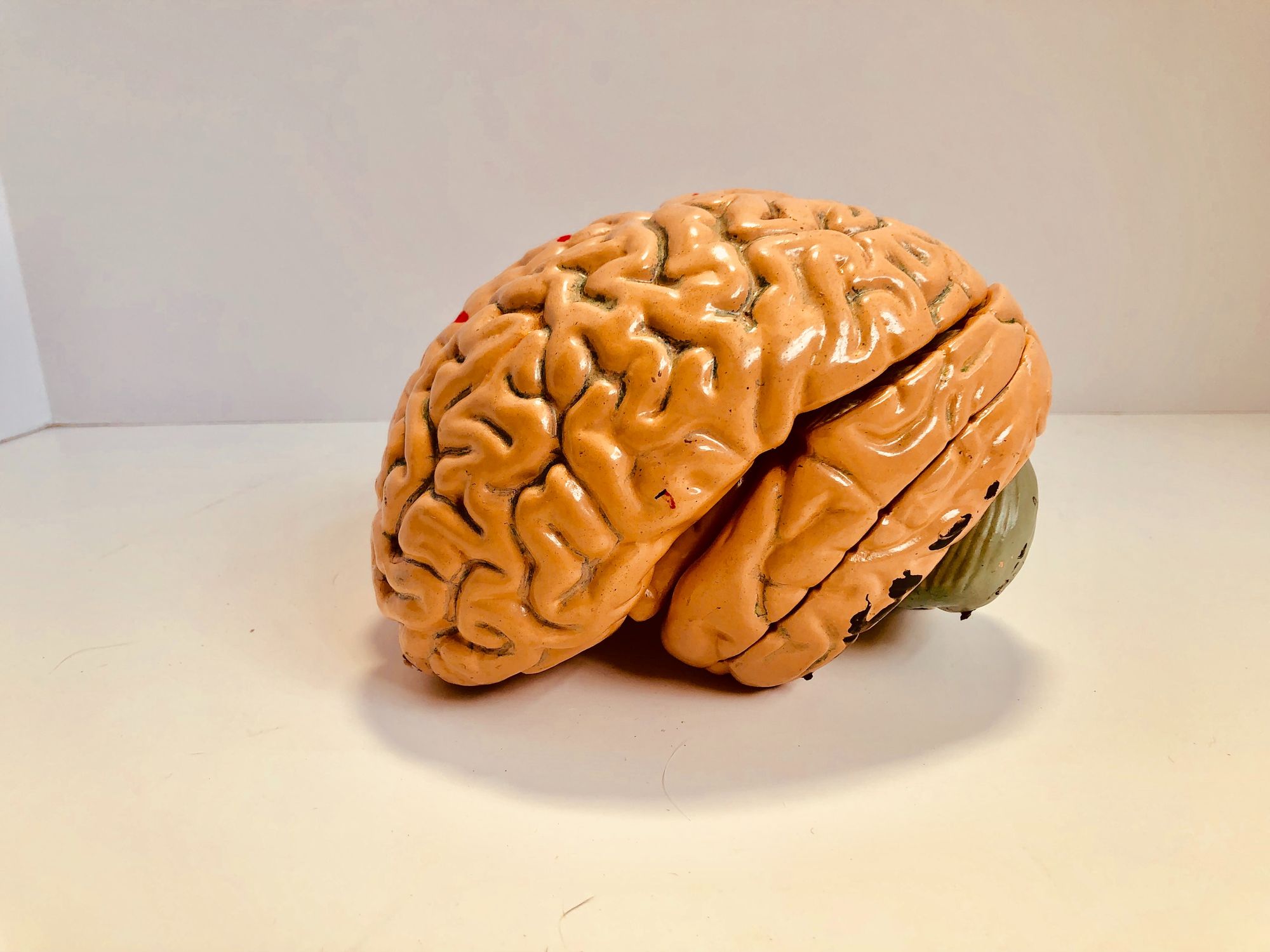How to unlock the human mind

By Lucinda Hamilton-Burns, Third year, Biomedical sciences
Science Fiction has long toyed with ideas of memory erasure and creation as a demonstration of power over the much-revered human mind. Yet these seemingly fanciful concepts may be closer to reality than we previously thought, with evolving knowledge of memory formation and the cellular processes involved.
The concept of synaptic plasticity, the ability of the brain to change and adapt throughout life, began with the foundation of the neuron doctrine: a theory that the brain is made up of cells called neurons which communicate via connections called synapses. Our current understanding expands this to include the electrical transmission of information along these neurons, and the chemical transmission between them via neurotransmitters. When something is learnt, a memory is formed through the creation of a new synapse. These connections are constantly made, strengthened with repeated use, and removed if left idle; and it is this dynamic process that holds the key to memory alteration.
Researchers at Bristol University have identified areas of the brain associated with object recognition memory and continue to explore the effects of artificially inhibiting or reinforcing these signals on an animal’s ability to remember or forget familiar objects. Studies demonstrate that by mimicking signals indicating familiarity in the brain of rodents which have never seen an object, the animal behaves as though it recognises it. Likewise, by stimulating signals associated with an unfamiliar response, in animals which have seen the object, the animal appears to forget it. This provides evidence that the regions studied indeed play a role in object recognition memory but also, by altering the signals transmitted within them, we can exert bidirectional control on the manifestation of the memories stored.

Optogenetics is another way in which we can control the mind by intervening with neuronal processes. Invented in 2015 by Karl Deisseroth and Ed Boyden, optogenetics enables us to control neuronal activity using only a beam of light, making it possible to turn neurons on or off at a cellular level. Organisms, such as rodents, used in behavioural tests can be genetically altered and bred to produce a protein channel called a Channelrhodopsin inside their neurons.
Channelrhodopsins open in response to blue light wavelengths, and, if present at the surface of a neuron, allow ions to flow in. This leads to a process called depolarisation which underpins signal firing. By shining a pinpoint beam of blue light onto the specific cells we want to control, we can cause this neuronal firing to occur; allowing us to turn that neuron on at will.
These are just a couple of many new methods used to mimic or disrupt neuronal activity while the rodent can be kept alive to perform tasks. A practice which enables us to link specific brain regions and patterns of activity to animal behaviours with more certainty than ever. Methods such as these may hold the key to understanding the enigma of the human mind and the specifics of learning and memory encoding. This could lead to new methods of treatment for memory deficit conditions such as amnesia and bring us one step closer to cracking the enigma of the human mind.
Featured image: Hal Gatewood/Unsplash
